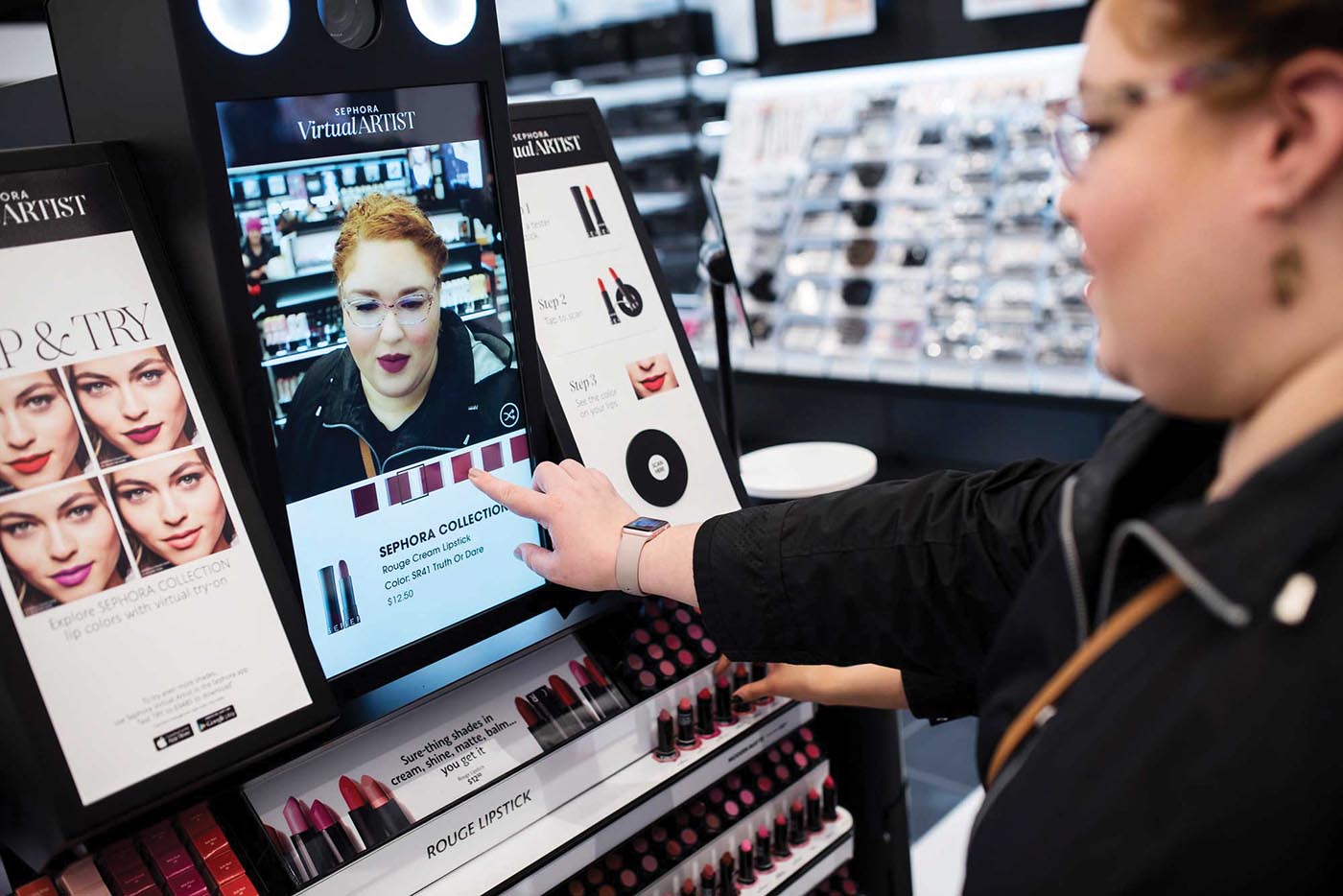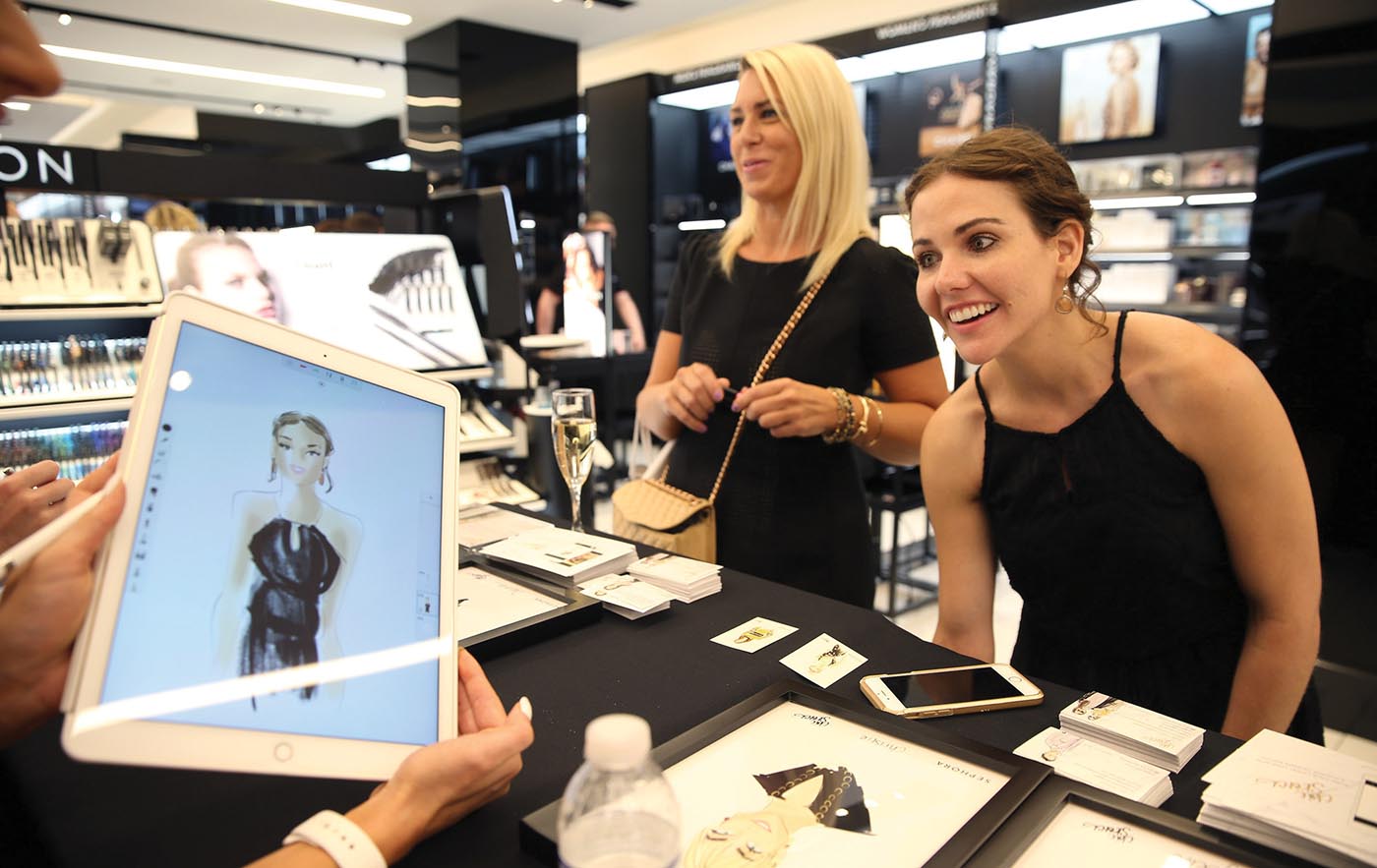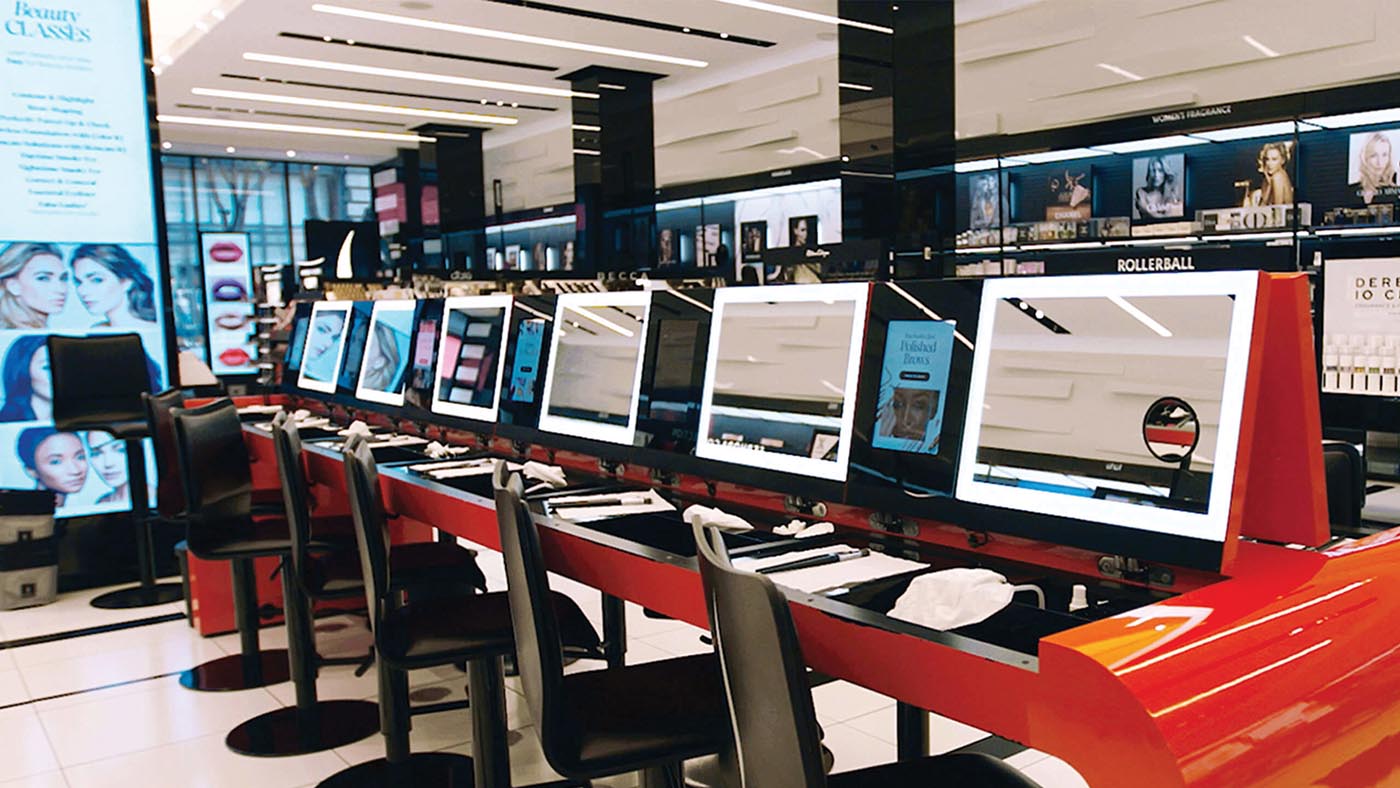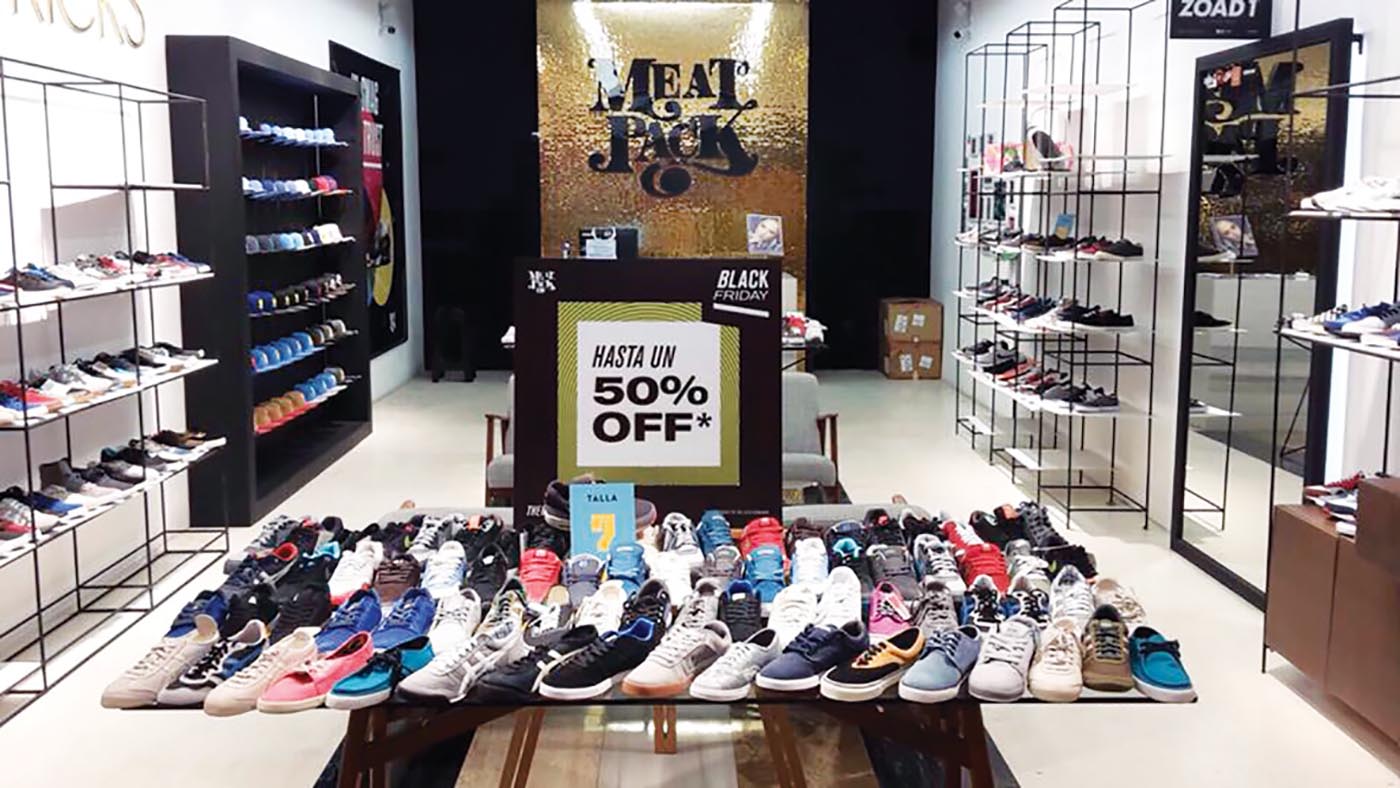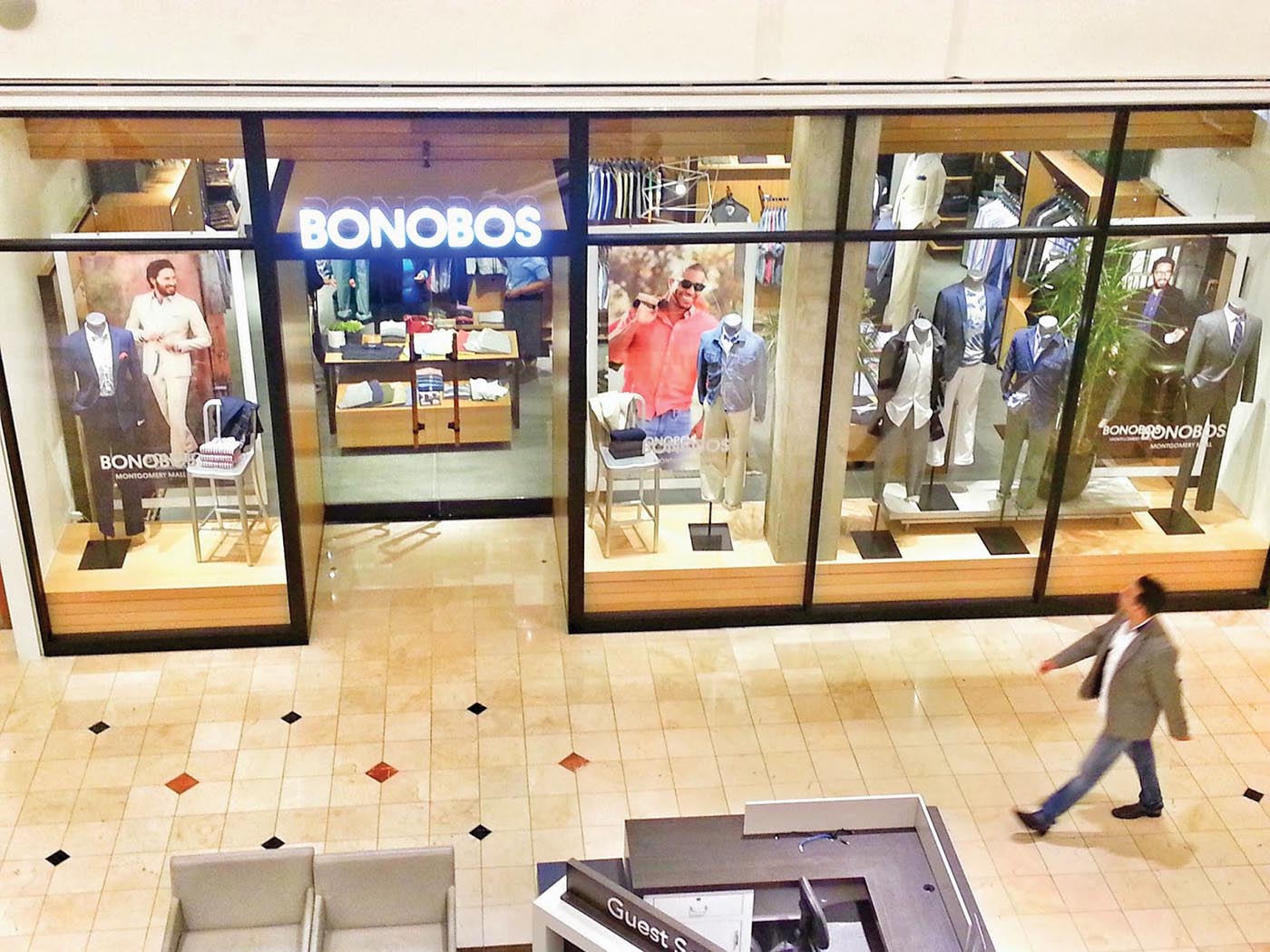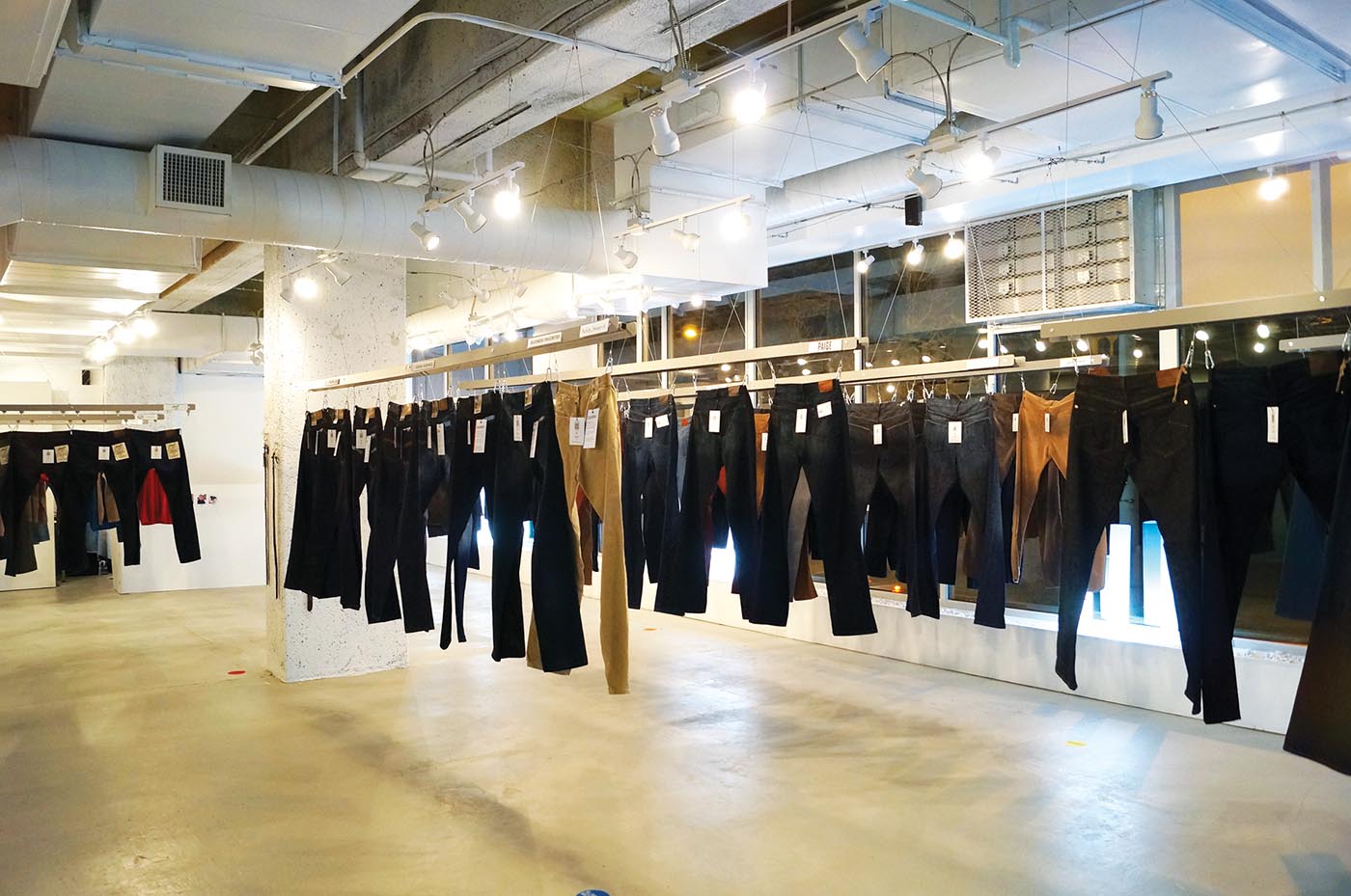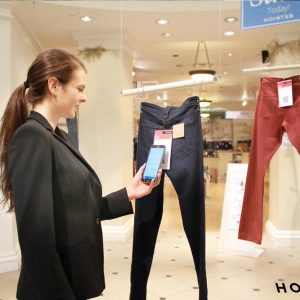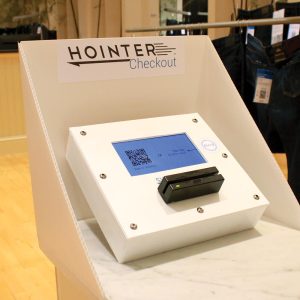So Amazon is coming like a tsunami and scaring the pants off some, while others flick it away with a sweep of the hand indicating little concern. What it has done though, for all of us in the retail game, is re-focus and challenge us.
This month’s article will have fewer pretty pictures and be focused on my views about the arrival of Amazon and its impact. International retailers invading our shores are nothing new, but Amazon is something entirely different. Interesting though, isn’t it, that a predominantly online retailer has bought itself a shopfront (bricks), namely Whole Foods, when it’s always been about clicks? Who are they lining up to buy in Australia? Time will tell.
For me, the way for traditional retailers to fight back is best summed up in a McKinsey & Company report The Future of Retail: How to make your bricks click.The report indicates, across the US, e-commerce sales grew 10 times faster than in-store retail. McKinsey believes that physical stores aren’t about to go away; in fact, it says that in 2020, more than 80% of US retail will still happen in stores. Let’s hope the McKinsey team is right.
Furthermore, it says that tomorrow’s winners will be those who can merge the digital world into their stores to “delight customers, build loyalty and generate brand value”. As we know, bricks-and-mortar stores provide the visual and tactile experience you’re never going to get online, but marrying this with the best of digital will certainly enhance the offer and in-store experience.
To expand the range of products, using interactive shelves or iPads, customers get an unlimited selection of items and added convenience. Sephora, for instance, uses iPads to provide access to deep product content like whether a particular lotion has given a rash to anyone with a certain skin type. Meatpack, another store which sells shoes, created its own app. In order to avoid losing customers to competition, they introduced an app that pushed warnings to customers’ mobiles whenever they entered a competitor’s store. The app then immediately offered timed discounts counting down from 99% until they reached a Meatpack store. Bit aggressive for my liking, but apparently it works as they managed to steal at least 600 customers from the competition over the course of the first week.
- Sephora uses iPads to provide access to deep product content
- Sephora uses iPads to provide access to deep product content
- Sephora uses iPads to provide access to deep product content
What’s this got to do with design, you might ask? Well, I’m building up to that. I’ve raised this one before, with increased rents and online competition forcing change.
With the demise and store closures in the US of JC Penny, GAP and Macy’s, while here, David Jones and Myer are doing similarly, and our DDS are shrinking footprints – the retail world is shrinking in more ways than one.
This brings me to what is known as ‘showrooming’ which is virtually what Amazon will be doing with their purchase of Whole Foods stores. A showroom in its true sense is a store that displays products and items for inspection, and where orders are taken to be then shipped to the customer’s home from another location – much like the car showrooms (Tesla, BMW, etc) now setting up in shopping centres. A fashion showroom, for instance, might have a garment in every size but not necessarily every colour.
As it happens, a lot of customers use stores in this way already, by browsing in-store and then buying online. Research shows physical stores have a return rate of 3% verses online at 25% of sales, since customers can touch, feel and try goods in store.
- Meatpack created its own app and offers timed discounts to customers
- Bonobos, a trendy US men’s clothing company
Showrooming means stores can be smaller and more efficient because they aren’t holding a lot of stock. The bulk of the stock is held in an industrial warehouse, where the rent cost is significantly lower. This is how Amazon will operate and use the Whole Foods stores to expand their range in the US.
Now to the design bit. Stores will have to enhance the customer experience morphing the technology with traditional store design. Some examples of this follow. Bonobos, a trendy US mens’ clothing company, aptly illustrates the ‘showroom’ retail concept.
Known as Guide Shops, they have all the advantages of a high-end, high-touch retail store. Customers can try on clothing, get styling advice, and finally goods are ordered online and delivered to the customer’s home. These stores save money by requiring fewer salespeople and having smaller footprints. Bonobos staff enter the customer’s size and style likes into their system for future online sales promotions. iPads are given to the customer in the store to assist with online purchase.
According to a PWC 2017 Retail Trends Report the inventory savings are striking. Other retailers to adopt the showroom model include Hointer (apparel retail start-up), Paul Evans (New York shoe store), Restoration Hardware (home furnishing chain) and Zalora (South East Asian fashion emporium). The model essentially combines tactile experience retailing with efficient inventory management. The store is used for visual merchandising and display, and the actual goods for sale are held at a central fulfilment centre out in the suburbs.
- Hointer adopting the showroom model
- Hointer adopting the showroom model
- Hointer adopting the showroom model
Hointer in Seattle is a great example in point, as they offer the convenience of the online world with the tangible excitement of in-store shopping. They started working with mobile technology, inventing e-tags and in-store sensors to power their smart showroom. They also developed an uber-efficient micro warehouse capable of locating and retrieving items in under 30 seconds.
Hointer was started by Dr Nadia Shouraboura, the former head of supply chain and fulfillment technologies at Amazon. Drawing on her Amazon experience, she made a radical change to the stores’ design and operations. She completely removed the stacks and racks of jeans from her store, save for a display model of each type and wash. The sales floor became a showroom instead of a stockroom. Inventory was arranged in a micro warehouse at the back of the store. Fitting rooms were equipped with two chutes: one in, one out. Using an app, shoppers punch in the style and size they want and, in less than 30 seconds, the item is delivered to the fitting room via the chute. Suddenly, customers were trying on 30 items in a visit and returning unwanted items via the ‘out’ chute.
Dr Shouraboura said the more they tried on, the more they bought. Her automated fitting room is one of many she’s tried, and she says the store really is her innovation lab. Her appetite for disruption isn’t abating as she’s applying variations of her model to other segments including groceries and toys. In her toy store experiment, she again took away the shelving and racking and turned it into a playground. This allows kids and their parents to come in and play, so there’s the ‘experience’ part of the equation. Again, chutes deliver new toys while children use their smartphones or a store-supplied ‘magic wand’. When the experience is over, the packaged item is automatically delivered from the micro warehouse. The store is now a destination as its popularity has become known across Seattle.
Truly an example of the use of digital technology and taking on the Amazon challenge.
- Restoration Hardware


